Introducing SSL/TLS Recommender
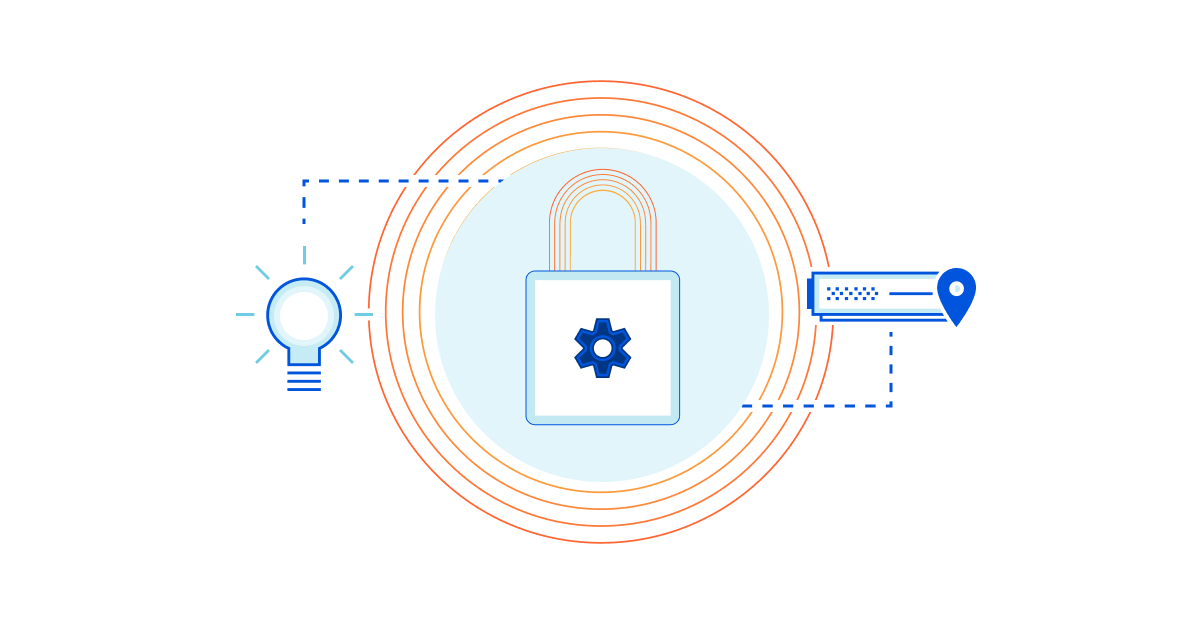
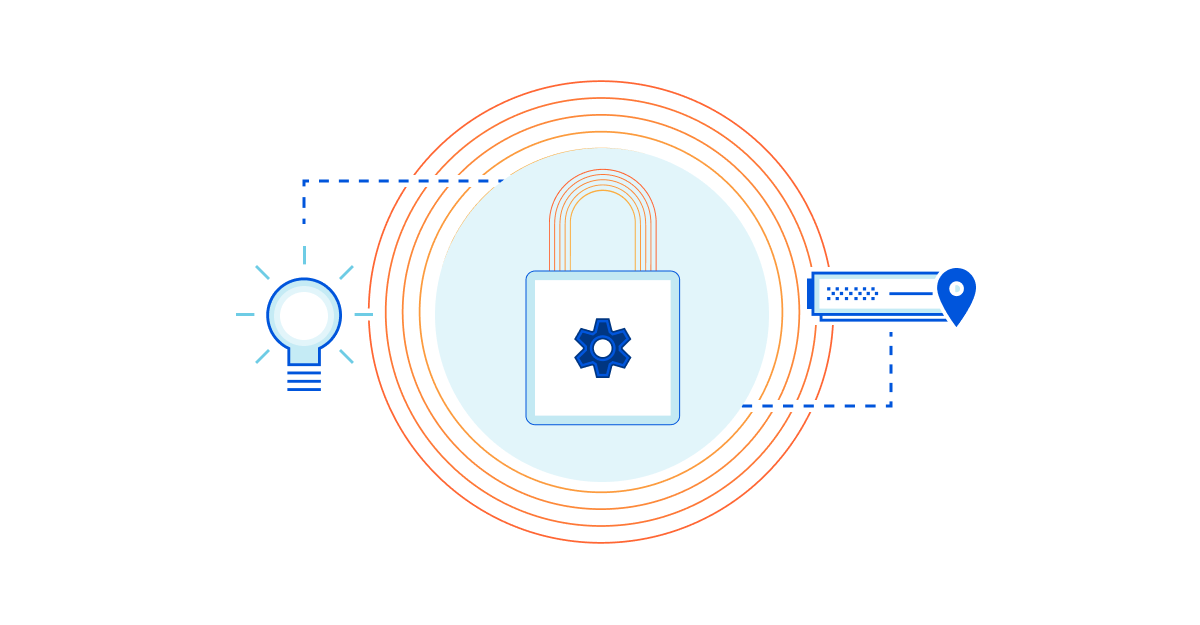
Seven years ago, Cloudflare made HTTPS availability for any Internet property easy and free with Universal SSL. At the time, few websites — other than those that processed sensitive data like passwords and credit card information — were using HTTPS because of how difficult it was to set up.
However, as we all started using the Internet for more and more private purposes (communication with loved ones, financial transactions, shopping, healthcare, etc.) the need for encryption became apparent. Tools like Firesheep demonstrated how easily attackers could snoop on people using public Wi-Fi networks at coffee shops and airports. The Snowden revelations showed the ease with which governments could listen in on unencrypted communications at scale. We have seen attempts by browser vendors to increase HTTPS adoption such as the recent announcement by Chromium for loading websites on HTTPS by default. Encryption has become a vital part of the modern Internet, not just to keep your information safe, but to keep you safe.
When it was launched, Universal SSL doubled the number of sites on the Internet using HTTPS. We are building on that with SSL/TLS Recommender, a tool that guides you to stronger configurations for the backend connection Continue reading
Dynamic Process Isolation: Research by Cloudflare and TU Graz


Last year, I wrote about the Cloudflare Workers security model, including how we fight Spectre attacks. In that post, I explained that there is no known complete defense against Spectre — regardless of whether you're using isolates, processes, containers, or virtual machines to isolate tenants. What we do have, though, is a huge number of tools to increase the cost of a Spectre attack, to the point where it becomes infeasible. Cloudflare Workers has been designed from the very beginning with protection against side channel attacks in mind, and because of this we have been able to incorporate many defenses that other platforms — such as virtual machines and web browsers — cannot. However, the performance and scalability requirements of edge compute make it infeasible to run every Worker in its own private process, so we cannot rely on the usual defenses provided by the operating system kernel and address space separation.
Given our different approach, we cannot simply rely on others to tell us if we are safe. We had to do our own research. To do this we partnered with researchers at Graz University of Technology (TU Graz) to study the impact of Spectre on our environment. The Continue reading
Handshake Encryption: Endgame (an ECH update)
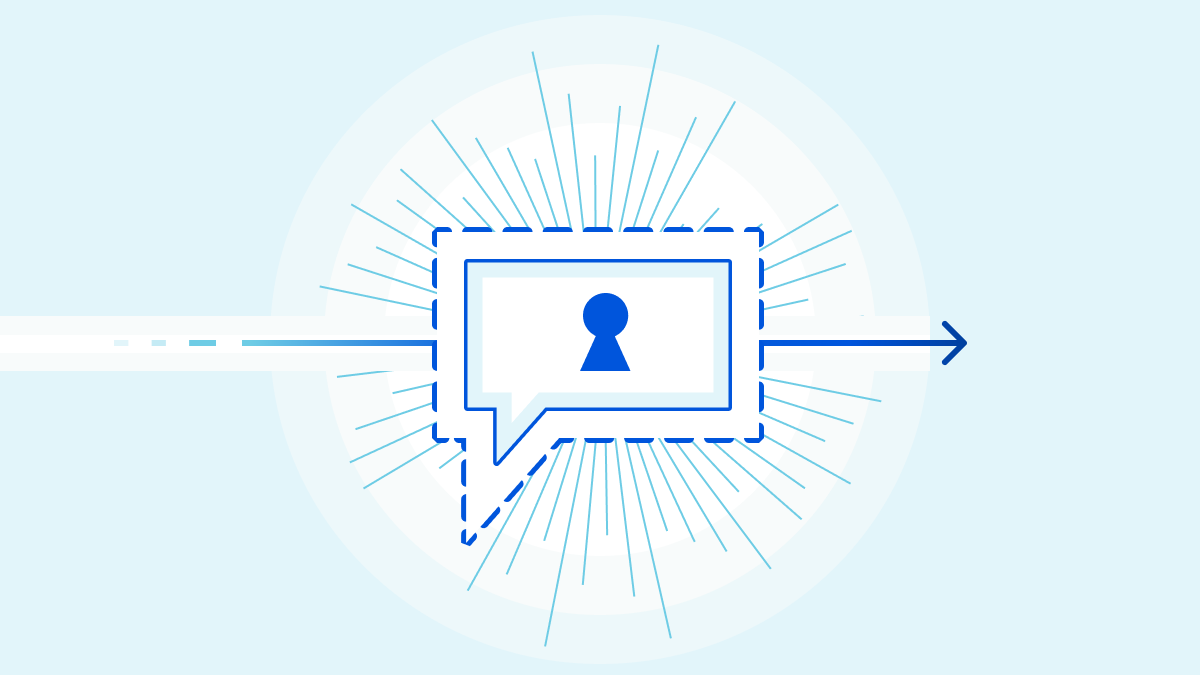
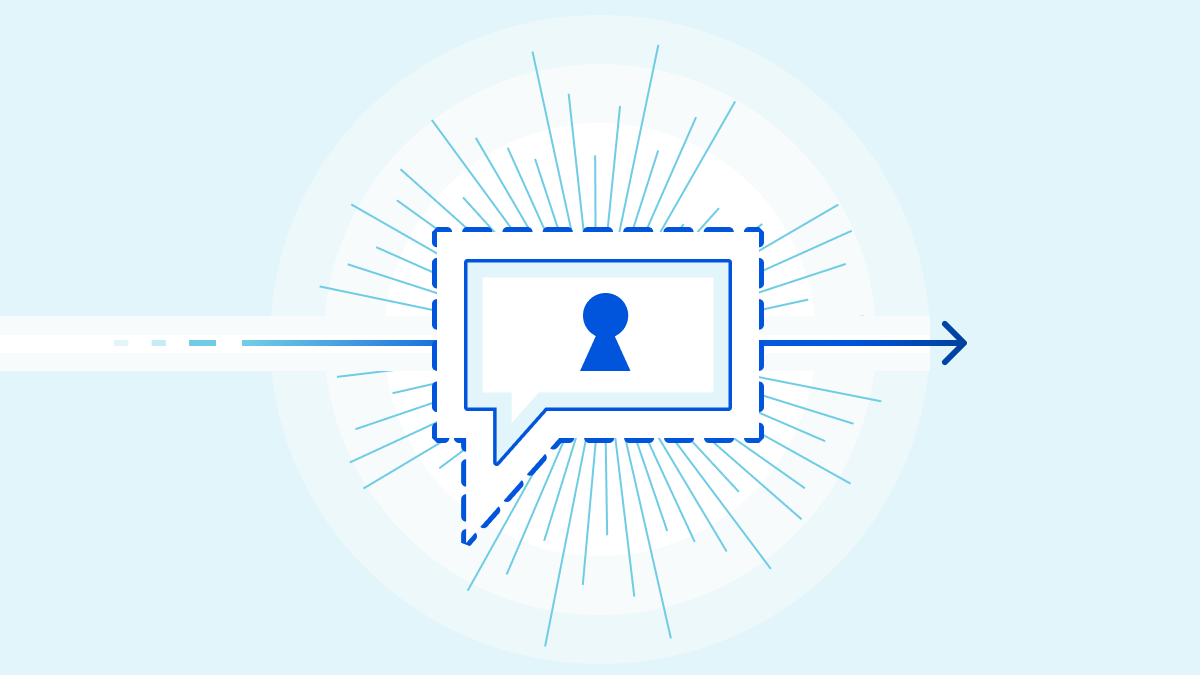
Privacy and security are fundamental to Cloudflare, and we believe in and champion the use of cryptography to help provide these fundamentals for customers, end-users, and the Internet at large. In the past, we helped specify, implement, and ship TLS 1.3, the latest version of the transport security protocol underlying the web, to all of our users. TLS 1.3 vastly improved upon prior versions of the protocol with respect to security, privacy, and performance: simpler cryptographic algorithms, more handshake encryption, and fewer round trips are just a few of the many great features of this protocol.
TLS 1.3 was a tremendous improvement over TLS 1.2, but there is still room for improvement. Sensitive metadata relating to application or user intent is still visible in plaintext on the wire. In particular, all client parameters, including the name of the target server the client is connecting to, are visible in plaintext. For obvious reasons, this is problematic from a privacy perspective: Even if your application traffic to crypto.cloudflare.com is encrypted, the fact you’re visiting crypto.cloudflare.com can be quite revealing.
And so, in collaboration with other participants in the standardization community and members of Continue reading
Privacy Pass v3: the new privacy bits


In November 2017, we released our implementation of a privacy preserving protocol to let users prove that they are humans without enabling tracking. When you install Privacy Pass’s browser extension, you get tokens when you solve a Cloudflare CAPTCHA which can be used to avoid needing to solve one again... The redeemed token is cryptographically unlinkable to the token originally provided by the server. That is why Privacy Pass is privacy preserving.
In October 2019, Privacy Pass reached another milestone. We released Privacy Pass Extension v2.0 that includes a new service provider (hCaptcha) which provides a way to redeem a token not only with CAPTCHAs in the Cloudflare challenge pages but also hCaptcha CAPTCHAs in any website. When you encounter any hCaptcha CAPTCHA in any website, including the ones not behind Cloudflare, you can redeem a token to pass the CAPTCHA.
We believe Privacy Pass solves an important problem — balancing privacy and security for bot mitigation— but we think there’s more to be done in terms of both the codebase and the protocol. We improved the codebase by redesigning how the service providers interact with the core extension. At the same time, we made progress on the Continue reading
100 terabyte home NAS
So, as a nerd, let's say you need 100 terabytes of home storage. What do you do?
My solution would be a commercial NAS RAID, like from Synology, QNAP, or Asustor. I'm a nerd, and I have setup my own Linux systems with RAID, but I'd rather get a commercial product. When a disk fails, and a disk will always eventually fail, then I want something that will loudly beep at me and make it easy to replace the drive and repair the RAID.
Some choices you have are:
- vendor (Synology, QNAP, and Asustor are the vendors I know and trust the most)
- number of bays (you want 8 to 12)
- redundancy (you want at least 2 if not 3 disks)
- filesystem (btrfs or ZFS) [not btrfs-raid builtin, but btrfs on top of RAID]
- drives (NAS optimized between $20/tb and $30/tb)
- networking (at least 2-gbps bonded, but box probably can't use all of 10gbps)
- backup (big external USB drives)
The products I link above all have at least 8 drive bays. When you google "NAS", you'll get a list of smaller products. You don't want them. You want somewhere between 8 and 12 drives.
The reason is that Continue reading
Helping Apache Servers stay safe from zero-day path traversal attacks (CVE-2021-41773)
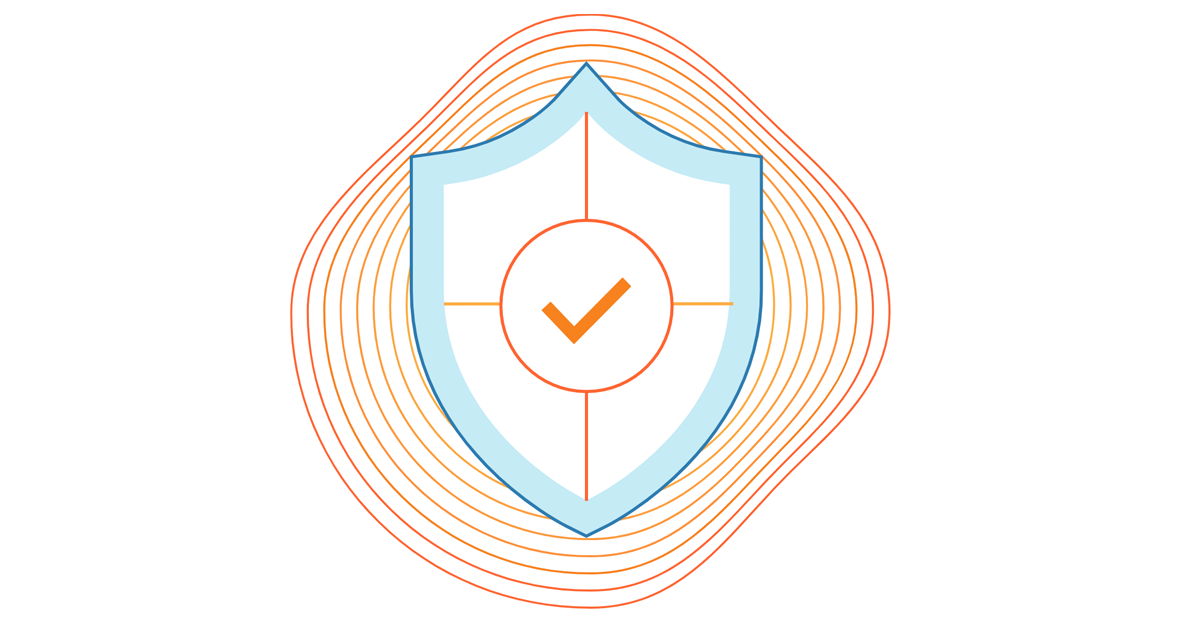
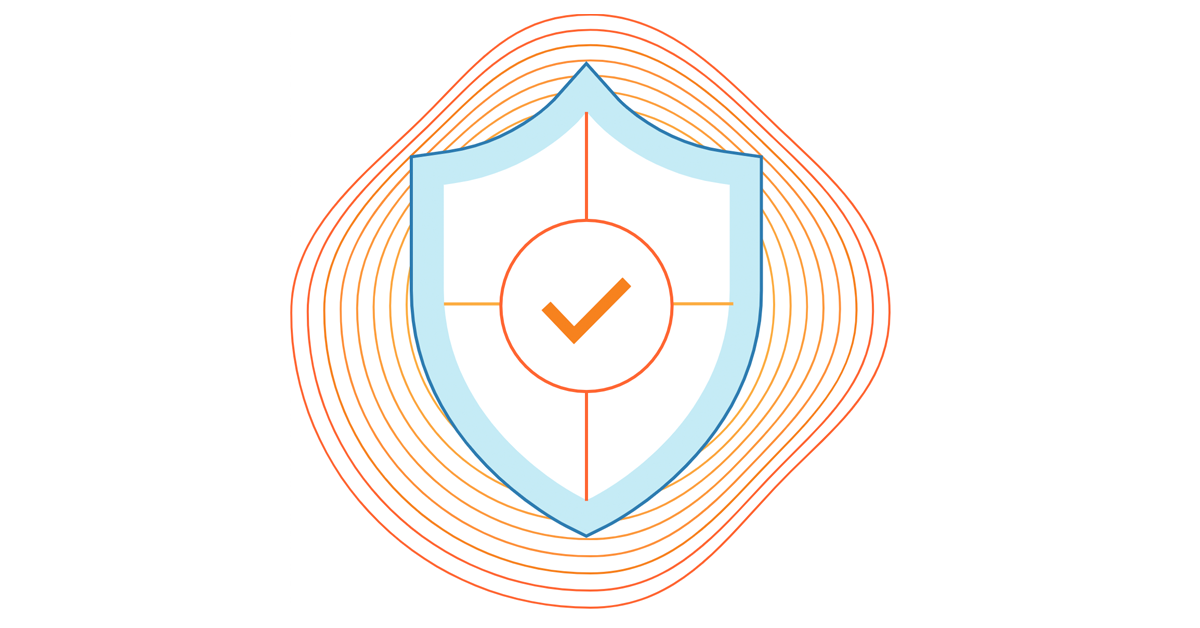
On September 29, 2021, the Apache Security team was alerted to a path traversal vulnerability being actively exploited (zero-day) against Apache HTTP Server version 2.4.49. The vulnerability, in some instances, can allow an attacker to fully compromise the web server via remote code execution (RCE) or at the very least access sensitive files. CVE number 2021-41773 has been assigned to this issue. Both Linux and Windows based servers are vulnerable.
An initial patch was made available on October 4 with an update to 2.4.50, however, this was found to be insufficient resulting in an additional patch bumping the version number to 2.4.51 on October 7th (CVE-2021-42013).
Customers using Apache HTTP Server versions 2.4.49 and 2.4.50 should immediately update to version 2.4.51 to mitigate the vulnerability. Details on how to update can be found on the official Apache HTTP Server project site.
Any Cloudflare customer with the setting normalize URLs to origin turned on have always been protected against this vulnerability.
Additionally, customers who have access to the Cloudflare Web Application Firewall (WAF), receive additional protection by turning on the rule with the following IDs:
1c3d3022129c48e9bb52e953fe8ceb2f(for Continue reading
Hedge 103: BGP Security with Geoff Huston
Our community has been talking about BGP security for over 20 years. While MANRS and the RPKI have made some headway in securing BGP, the process of deciding on a method to provide at least the information providers need to make more rational decisions about the validity of individual routes is still ongoing. Geoff Huston joins Alvaro, Russ, and Tom to discuss how we got here and whether we will learn from our mistakes.
May I ask who’s calling, please? A recent rise in VoIP DDoS attacks


Over the past month, multiple Voice over Internet Protocol (VoIP) providers have been targeted by Distributed Denial of Service (DDoS) attacks from entities claiming to be REvil. The multi-vector attacks combined both L7 attacks targeting critical HTTP websites and API endpoints, as well as L3/4 attacks targeting VoIP server infrastructure. In some cases, these attacks resulted in significant impact to the targets’ VoIP services and website/API availability.
Cloudflare’s network is able to effectively protect and accelerate voice and video infrastructure because of our global reach, sophisticated traffic filtering suite, and unique perspective on attack patterns and threat intelligence.
If you or your organization have been targeted by DDoS attacks, ransom attacks and/or extortion attempts, seek immediate help to protect your Internet properties. We recommend not paying the ransom, and to report it to your local law enforcement agencies.
Voice (and video, emojis, conferences, cat memes and remote classrooms) over IP
Voice over IP (VoIP) is a term that's used to describe a group of technologies that allow for communication of multimedia over the Internet. This technology enables your FaceTime call with your friends, your virtual classroom lessons over Zoom and even some “normal” calls you make from your cell phone.
State of IT Security in 2021
Patrik Schindler sent me his views on code quality and resulting security nightmares after reading the Cisco SD-WAN SQL Injection saga. Enjoy!
I think we have a global problem with code quality. Both from a security perspective, and from a less problematic but still annoying bugs-everywhere perspective. I’m not sure if the issue is largely ignored, or we’ve given up on it (see also: Cloud Complexity Lies or Cisco ACI Complexity).
State of IT Security in 2021
Patrik Schindler sent me his views on code quality and resulting security nightmares after reading the Cisco SD-WAN SQL Injection saga. Enjoy!
I think we have a global problem with code quality. Both from a security perspective, and from a less problematic but still annoying bugs-everywhere perspective. I’m not sure if the issue is largely ignored, or we’ve given up on it (see also: Cloud Complexity Lies or Cisco ACI Complexity).
Check: that Republican audit of Maricopa
Author: Robert Graham (@erratarob)
Later today (Friday, September 24, 2021), Republican auditors release their final report on the found with elections in Maricopa county. Draft copies have circulated online. In this blogpost, I write up my comments on the cybersecurity portions of their draft.
https://arizonaagenda.substack.com/p/we-got-the-senate-audit-report
The three main problems are:
- They misapply cybersecurity principles that are meaningful for normal networks, but which don’t really apply to the air gapped networks we see here.
- They make some errors about technology, especially networking.
- They are overstretching themselves to find dirt, claiming the things they don't understand are evidence of something bad.
In the parts below, I pick apart individual pieces from that document to demonstrate these criticisms. I focus on section 7, the cybersecurity section, and ignore the other parts of the document, where others are more qualified than I to opine.
In short, when corrected, section 7 is nearly empty of any content.
7.5.2.1.1 Software and Patch Management, part 1
They claim Dominion is defective at one of the best-known cyber-security issues: applying patches.
It’s not true. The systems are “air gapped”, disconnected from the typical sort of threat that exploits unpatched systems. The primary Continue reading
That Alfa-Trump Sussman indictment
Five years ago, online magazine Slate broke a story about how DNS packets showed secret communications between Alfa Bank in Russia and the Trump Organization, proving a link that Trump denied. I was the only prominent tech expert that debunked this as just a conspiracy-theory[*][*][*].
Last week, I was vindicated by the indictment of a lawyer involved, a Michael Sussman. It tells a story of where this data came from, and some problems with it.
But we should first avoid reading too much into this indictment. It cherry picks data supporting its argument while excluding anything that disagrees with it. We see chat messages expressing doubt in the DNS data. If chat messages existed expressing confidence in the data, we wouldn't see them in the indictment.
In addition, the indictment tries to make strong ties to the Hillary campaign and the Steele Dossier, but ultimately, it's weak. It looks to me like an outsider trying to ingratiated themselves with the Hillary campaign rather than there being part of a grand Clinton-lead conspiracy against Trump.
With these caveats, we do see some important things about where the data came from.
We see how Tech-Executive-1 used Continue reading
Another SD-WAN Security SNAFU: SQL Injections in Cisco SD-WAN Admin Interface
Christoph Jaggi sent me a link to an interesting article describing security vulnerabilities pentesters found in Cisco SD-WAN admin/management code.
I’m positive the bugs have been fixed in the meantime, but what riled me most was the root cause: Little Bobby Tables (aka SQL injection) dropped by. Come on, it’s 2021, SD-WAN is supposed to be about building secure replacements for MPLS/VPN networks, and they couldn’t get someone who could write SQL-injection-safe code (the top web application security risk)?
Another SD-WAN Security SNAFU: SQL Injections in Cisco SD-WAN Admin Interface
Christoph Jaggi sent me a link to an interesting article describing security vulnerabilities pentesters found in Cisco SD-WAN admin/management code.
I’m positive the bugs have been fixed in the meantime, but what riled me most was the root cause: Little Bobby Tables (aka SQL injection) dropped by. Come on, it’s 2021, SD-WAN is supposed to be about building secure replacements for MPLS/VPN networks, and they couldn’t get someone who could write SQL-injection-safe code (the top web application security risk)?
How to Simplify Your Journey to Zero Trust with NSX Workshops
At its core, Zero Trust is an operational framework that helps enterprises secure modern network environments. Zero Trust insists organizations strip away ambiguity from their security and focus on the basics: committing to a risk-based approach across end-users, networks, data, devices, and much more. If you’re ready to take the next step toward built-in, Zero Trust networking (ZTN), we can help. Learn how to successfully implement Zero Trust networking and segmentation strategies at one of our upcoming NSX Network Security Workshop Sessions on Tuesday, September 28, 2021 or on Wednesday, September 29, 2021.
During these live virtual events, Patricio Villar, Principal Network Architect and VMware Certified Expert/Network Virtualization, will cover Zero Trust foundational concepts, including:
- How to identify communication paths to segment and build policy to protect your data center
- How implementing NSX security supports ZTN framework
- How to easily implement stronger distributed security with VMware NSX
NSX Network Security Workshop topics include:
- Zero Trust Networking concepts
- Tools to implement ZTN
- Distributed Firewall
- Distributed IDS/IPS
- NSX Intelligence
- Live demos
- And much more
If you’re ready to simplify Zero Trust so you can have simply zero worries, grab your spot and register today.
See you there!
The post How to Simplify Your Journey to Zero Trust with NSX Workshops appeared first on Network and Security Virtualization.
How not to get caught in law-enforcement geofence requests
I thought I'd write up a response to this question from well-known 4th Amendment and CFAA lawyer Orin Kerr:
Question for tech people related to "geofence" warrants served on Google: How easy is it for a cell phone user, either of an Android or an iPhone, to stop Google from generating the detailed location info needed to be responsive to a geofence warrant? What do you need to do?
— Orin Kerr (@OrinKerr) September 15, 2021
(FWIW, I'm seeking info from people who actually know the answer based on their expertise, not from those who are just guessing, or are who are now googling around to figure out what the answer may be,)
— Orin Kerr (@OrinKerr) September 15, 2021
First, let me address the second part of his tweet, whether I'm technically qualified to answer this. I'm not sure, I have only 80% confidence that I am. Hence, I'm writing this answer as blogpost hoping people will correct me if I'm wrong.
There is a simple answer and it's this: just disable "Location" tracking in the settings on the phone. Both iPhone and Android have a one-click button to tap that disables everything.
The trick is knowing which thing Continue readingHow Cloudflare helped mitigate the Atlassian Confluence OGNL vulnerability before the PoC was released


On August 25, 2021, Atlassian released a security advisory for their Confluence Server and Data Center. The advisory highlighted an Object-Graph Navigation Language (OGNL) injection that would result in an unauthenticated attacker being able to execute arbitrary code.
A full proof of concept (PoC) of the attack was made available by a security researcher on August 31, 2021. Cloudflare immediately reviewed the PoC and prepared a mitigation rule via an emergency release. The rule, once tested, was deployed on September 1, 2021, at 15:32 UTC with a default action of BLOCK and the following IDs:
100400(for our legacy WAF)e8c550810618437c953cf3a969e0b97a(for our new WAF)
All customers using the Cloudflare WAF to protect their self-hosted Confluence applications have automatically been protected since the new rule was deployed last week. Additionally, the Cloudflare WAF started blocking a high number of potentially malicious requests to Confluence applications even before the rule was deployed.
And customers who had deployed Cloudflare Access in front of their Confluence applications were already protected even before the emergency release. Access checks every request made to a protected hostname for a JSON Web Token (JWT) containing a user’s identity. Any unauthenticated users attempting this exploit Continue reading
Getting Blasted by Backdoors

I wanted to take minute to talk about a story I’ve been following that’s had some new developments this week. You may have seen an article talking about a backdoor in Juniper equipment that caused some issues. The issue at hand is complicated at the linked article does a good job of explaining some of the nuance. Here’s the short version:
- The NSA develops a version of Dual EC random number generation that includes a pretty substantial flaw.
- That flaw? If you know the pseudorandom value used to start the process you can figure out the values, which means you can decrypt any traffic that uses the algorithm.
- NIST proposes the use of Dual EC and makes it a requirement for vendors to be included on future work. Don’t support this one? You don’t get to even be considered.
- Vendors adopt the standard per the requirement but don’t make it the default for some pretty obvious reasons.
- Netscreen, a part of Juniper, does use Dual EC as part of their default setup.
- The Chinese APT 5 hacking group figures out the vulnerability and breaks into Juniper to add code to Netscreen’s OS.
- They Continue reading
